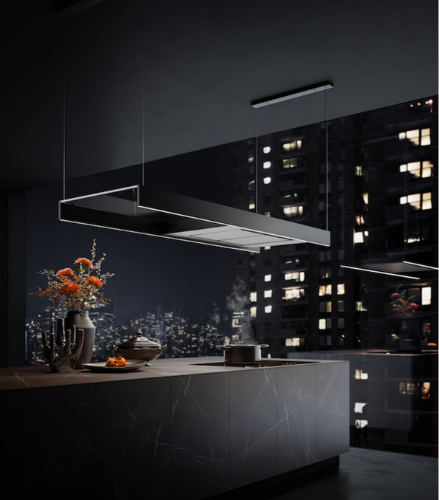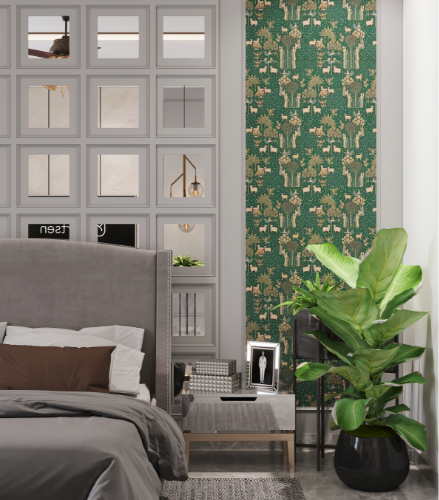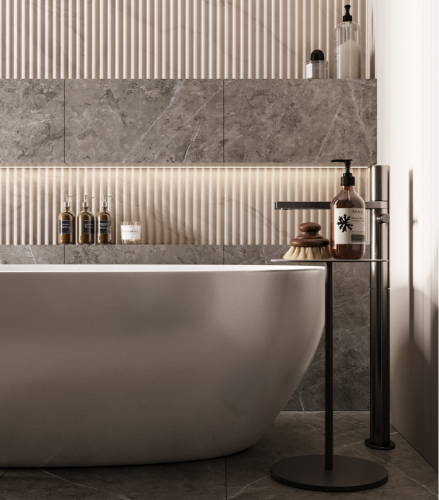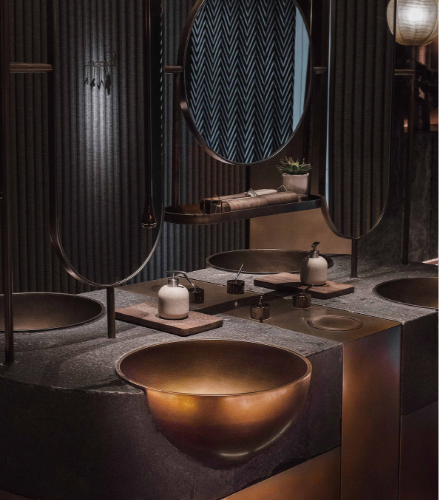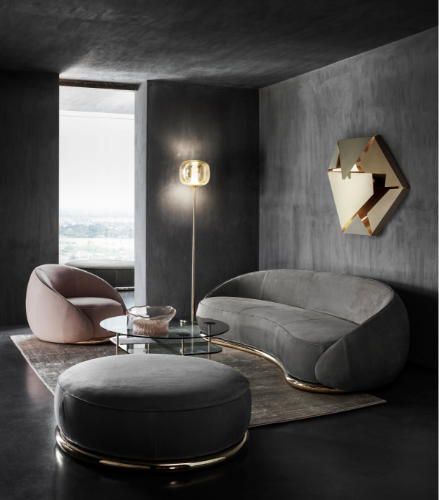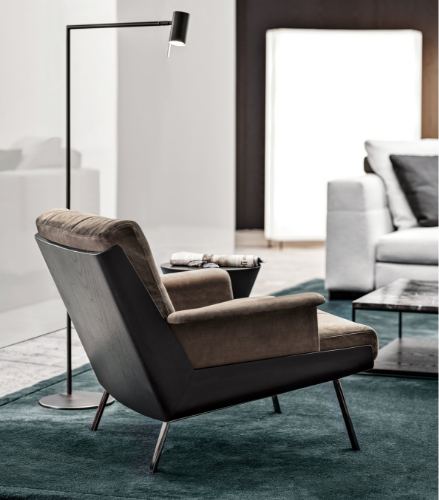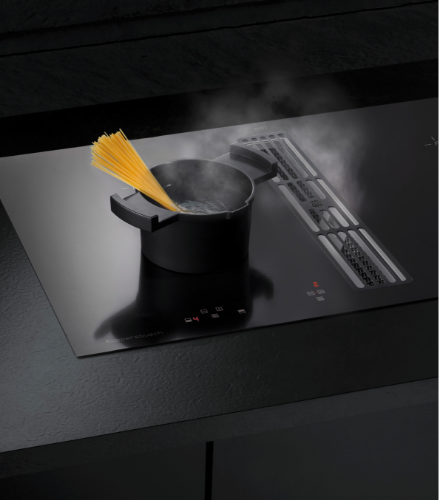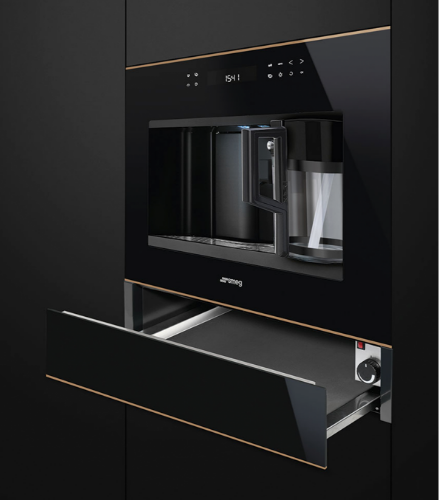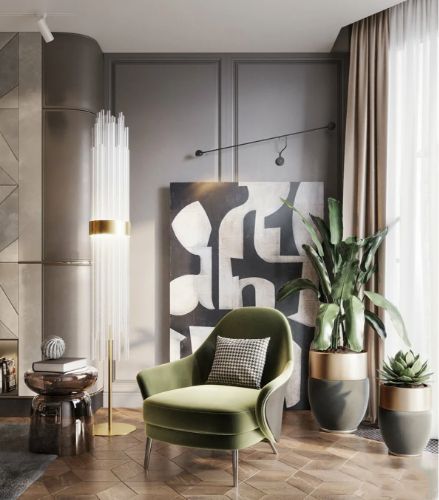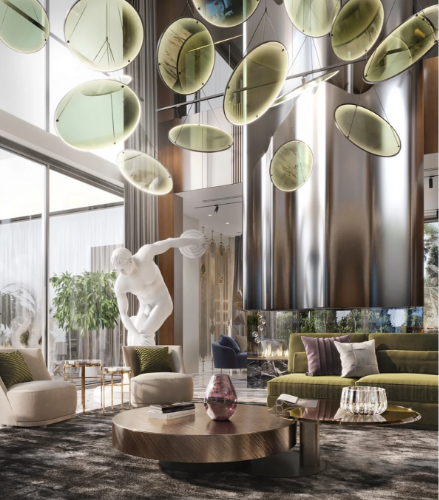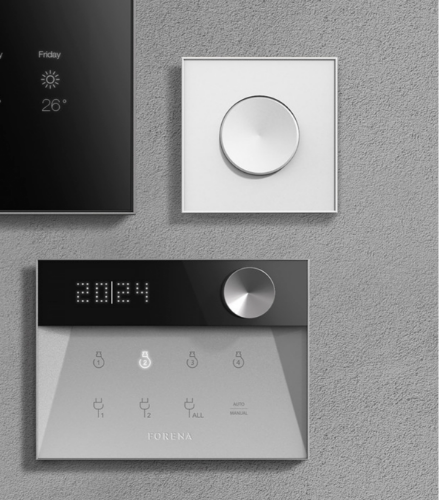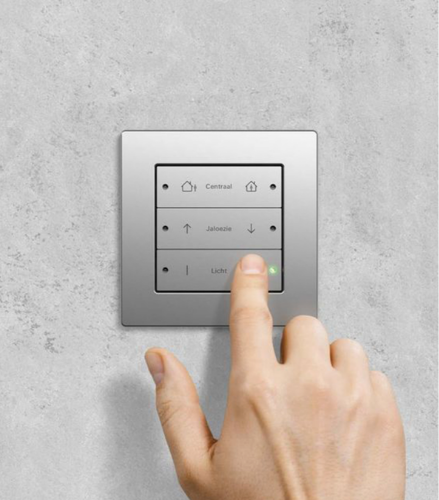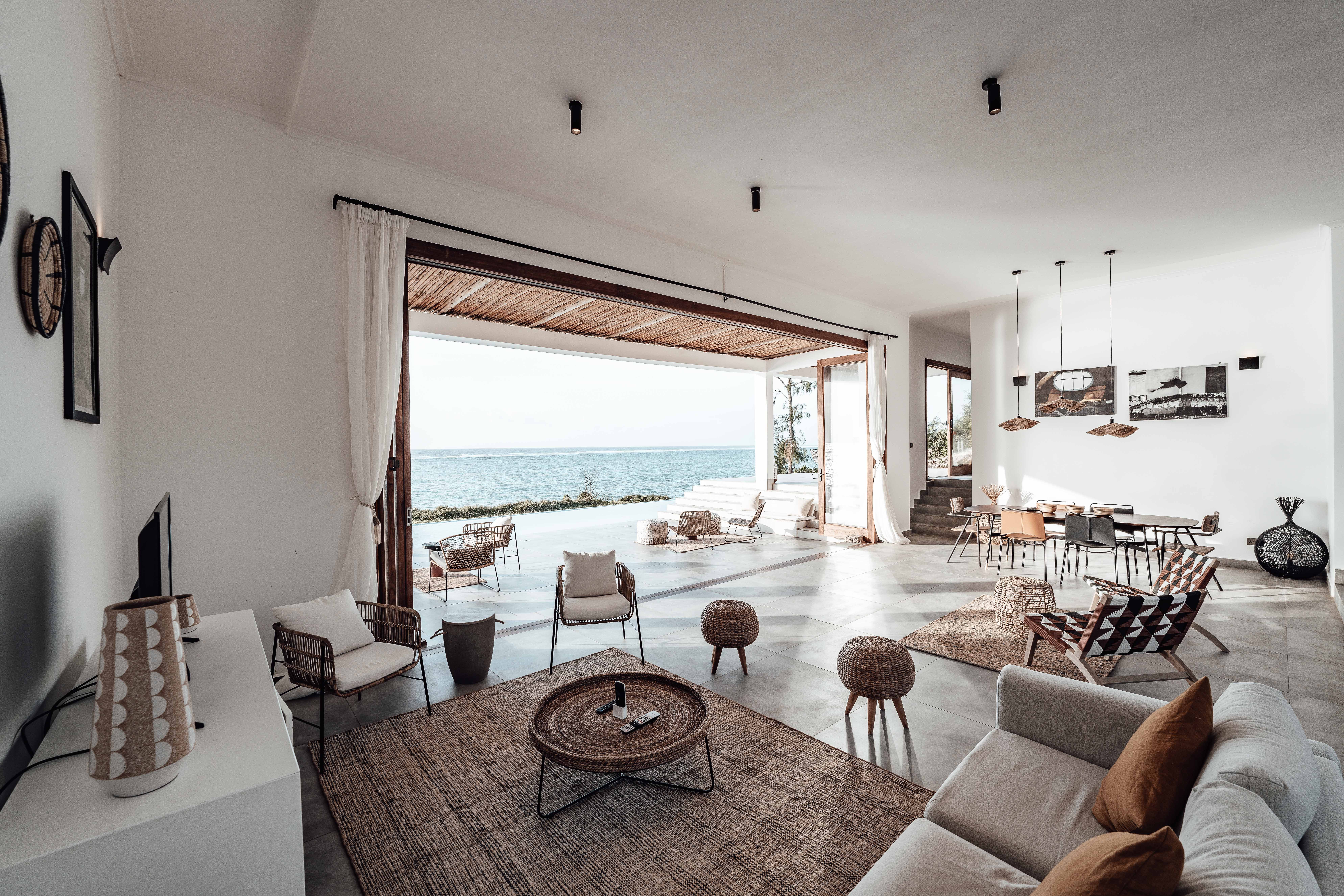Most people have a general idea of what they want their dream home interiors to look like. Yet that doesn’t stop them from altering their dreams to match the modern interior design trends. Consequently, the result of all the later alterations can derail the entire project. Hence, having a clear picture of what you want your home to look like is of the highest priority. However, to make the right decision, you must learn more about every option at your disposal. Lucky for you, this blog will help you briefly understand the most popular interior design styles across the globe. Moreover, if you want to get in-depth information about any of the design styles. We have put together dedicated articles for every design style listed in this blog. So, put on your reading glasses and analyse the best option for your home.
8 Popular Interior Design Styles You Should Know About
The world of design is constantly evolving, with new styles and trends emerging all the time. Keeping up with all of them can be nearly impossible. Hence we have listed below the most popular interior design styles that cover all the modern design trends as well.
1. Contemporary Interior Design Styles
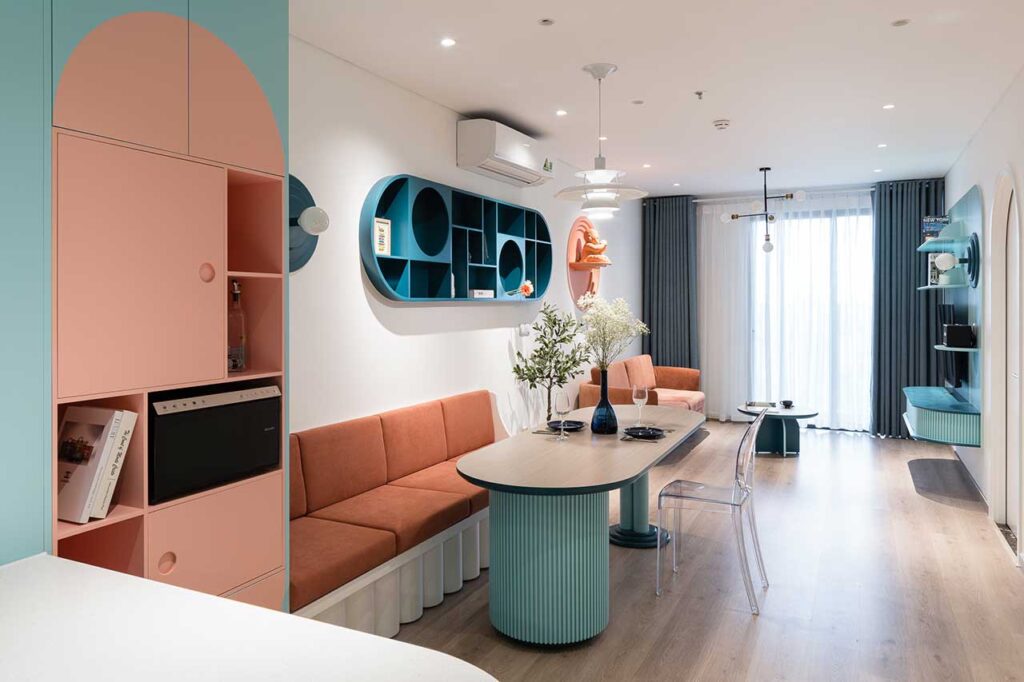
The contemporary interior design style stands apart from Modern design. It is not tied to any particular time period. Even though there are similarities between the two styles. The modern design style, believe it or not, is a little out of date. Whereas contemporary design style is ever-evolving and versatile. Which draws inspiration from various popular design styles of a given moment, creating something truly unique.
The design style originally came out in the 1970s. It was thought of as a mix of popular aesthetics of the time, like modernism, postmodernism, and art deco. And today, it can be found in almost all settings, including homes, offices and even in luxury retail stores.
2. Scandinavian Interior Design
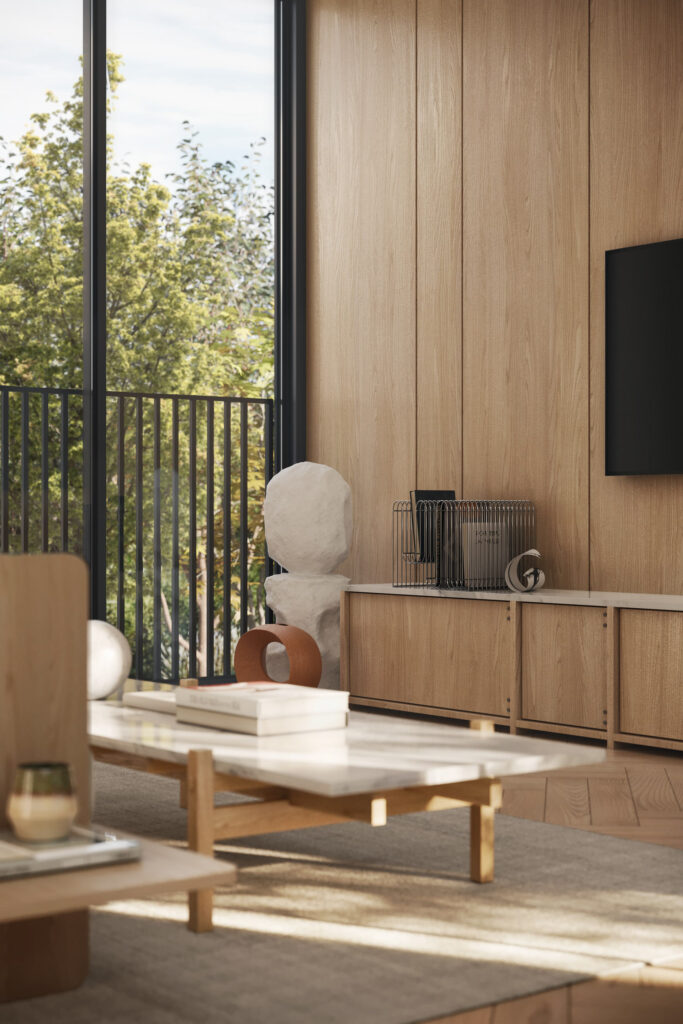
The birth of the Scandinavian style originated in the Nordic countries during the 1940s. But, it did not gain mainstream popularity until the 1950s. Even after that, its reputation was rocky at best until its re-emergence during the 2000s. When the whole sustainability movement began. At its core, Scandinavian design is all about simplicity, functionality and the beauty in their amalgamation. The identifying characteristics of the Scandinavian style are the direct result of the harsh climates of northern Europe. Which prized utility and simplicity over decorations.
Scandinavian homes often boast white walls with extra attention to its neutral heavy colour palette with pops of vibrancy, nature-inspired textures such as wood and stone, and a lack of window treatments and soft carpets. The main idea is to create a simple no-fuss layout. These homes also feature bare wood floors and white-painted brick walls that add an additional layer of tactile stimulation. Moreover, the impact of the Scandinavian style has gone as far as to influence furniture design. De Italia is one of the most popular brands selling such furniture.
Also Read: What Makes Scandinavian Interior Design So Special?
3. Mid-Century Modern Interior Design
Mid-century Modern design originated from mid 20th century and often features simple functional wooden pieces made from teak wood and curved lines. It can also be described as a subset of modern design. But, a little brighter and lively with retro design elements. The design style is a direct result of the post-World War II era to support. New ideas that marry mass production and technology invented during the first half of the 20th century.
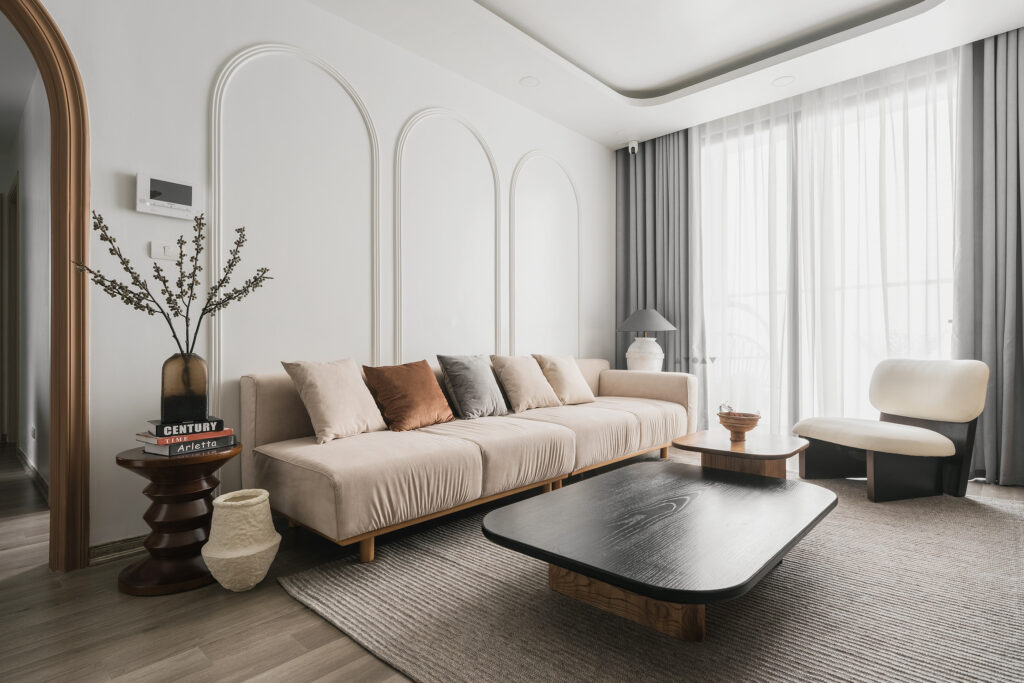
The design is deeply rooted in functionality, clean lines and simplicity, this goes as far as to influence the furniture. While the traditional furniture of the time had ornate and intricate patterns, mid-century modern furniture is much more straightforward.
4. Boho Chic Interior Design
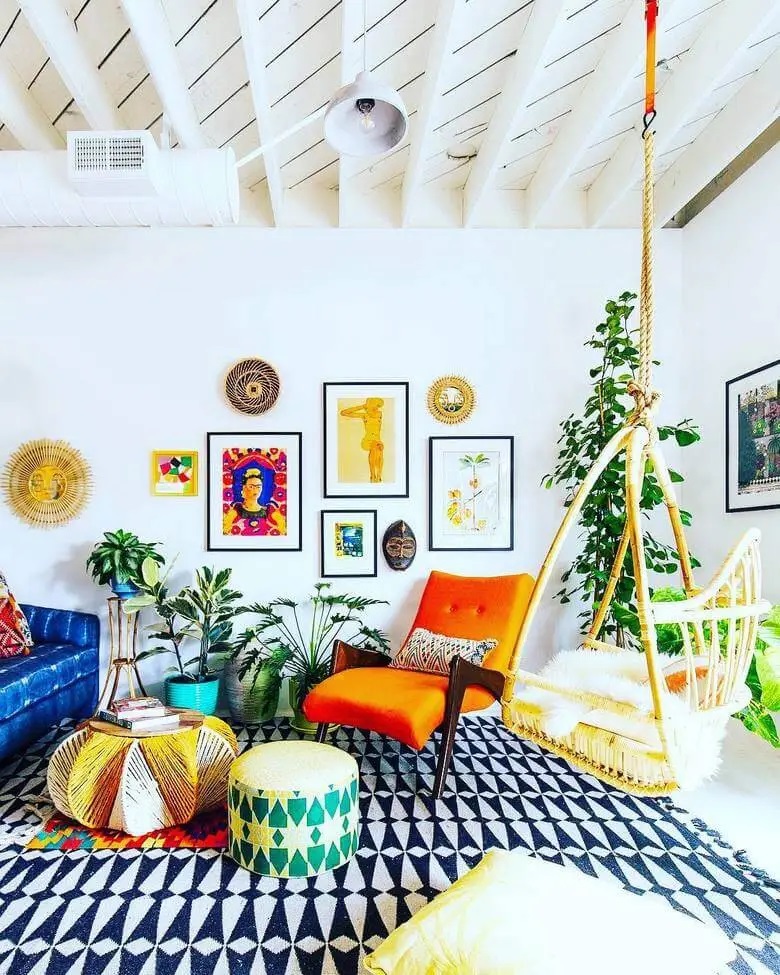
Bohemian interior design style has always been about unconventionality, for people. Who doesn’t shy away from a free-spirited and carefree lifestyle. Homes designed with a Boho chic interior design style feature. What seems like a variety of random but interesting décor items. The design itself was inspired by the unconventional lifestyle led by actors, travelers and writers of the time living in France. Much like its free-spirited nature, the boho design style does not limit itself to preset design rules, rather it combines objects, colors and patterns from a variety of cultures of the world. Think warm earthy colors, metallics, and jewel tones, all layered upon one another.
Also Read: What Makes (Boho) Bohemian Interior Design so Special?
5. Coastal Interior Design
Coastal interior design, as the name suggests, is inspired by the sand, sea and sky, which is reminiscent of the beach. The design aims to bring a sense of tranquillity found in beaches into the home. The interiors of coastal homes are influenced by the rich coastal tone of the deep blue ocean, honeyed-coloured boat hulls and textures that reflect dune grass. To be precise, the colour palette includes navy blues and crisp whites alongside natural elements and textures such as wood, linen, jute and rattan. The idea behind it is that the colour palette of the outside should seamlessly blend in with the inside. However, at the heart of coastal homes are the large windows with expanding views of the landscapes around the house.
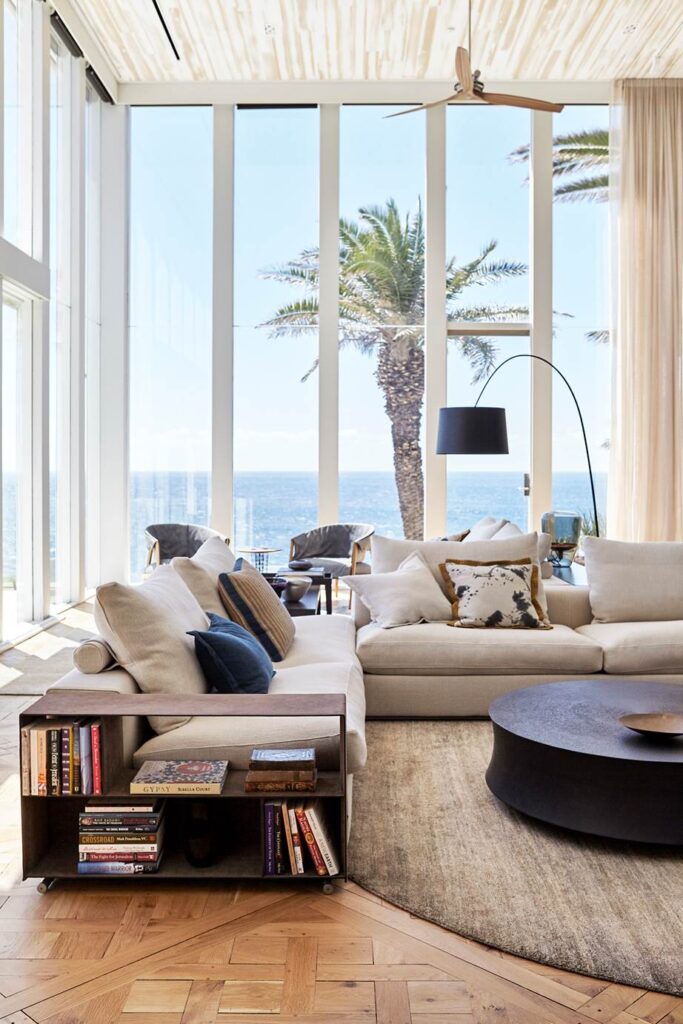
6. Rustic Interior Design
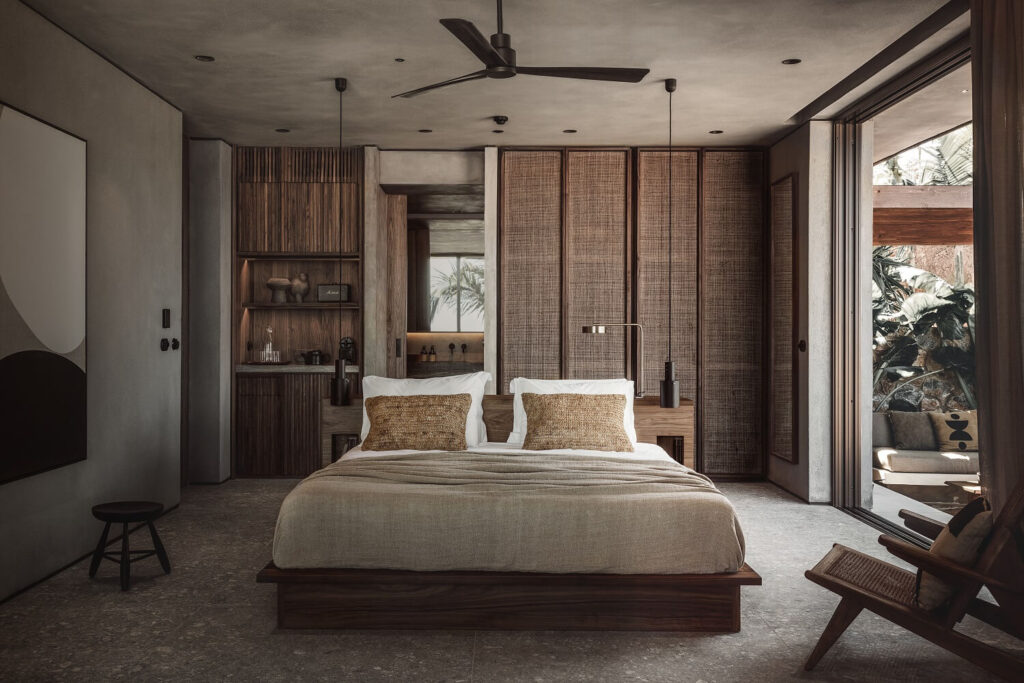
Rustic design is in every possible way the exact opposite of modern design style, it’s often hard even to pinpoint the variations of rustic design. Interior design styles such as farmhouse, Tuscan and Coastal design styles can be counted under rustic design. Similar to Rustic, all the previously mentioned designs carry similar design elements such as natural, aged, organic and maybe even little distressed materials and finishes with a particular emphasis on natural and organic materials.
Think reclaimed wood, raw materials and other elements found directly from the earth. And when it comes to the colours, it’s strictly natural and neutral colours including beige, whites, browns and grey. The goal of the design is to create a welcoming and easy decor with a colour palette that’s calming and traditional.
Also Read: What Makes Rustic Interior Design So Special?
7. Industrial Interior Design
Industrial design style has one of the most well-documented pasts; akin to its name, the interior design style came out somewhere in the middle of the industrial revolution. However, it wasn’t until the 1960s – 1970s that the design style made its way into homes.
More importantly, it was catapulted to success as the era of mass manufacturing and machine production became a prominent choice and the impact of its history is its defining element to this day. When it comes to defining the design style, it can be described as a concert of modern and farmhouse aesthetics.
The décor is inspired by factories and industrial buildings with elements such as exposed pipes, metal, concrete and brick walls, exposed ducts, and steel or wood beams. It emphasises the use of natural materials and raw detailing that has a casual and laid-back personality. Yet, the design is perceived by some who are unfamiliar with the design style as cold, hard and unwelcoming.
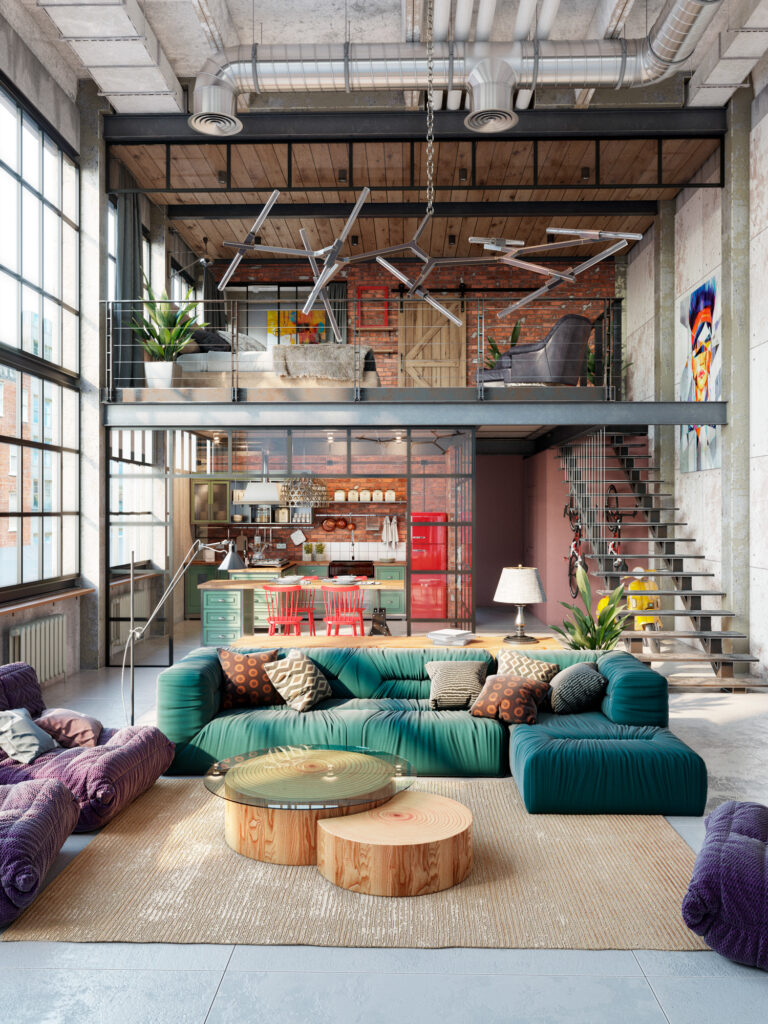
This is in part because of the dark colour palette that thoroughly mimics nature with colours such as white, black and grey.
8. Traditional Interior Design
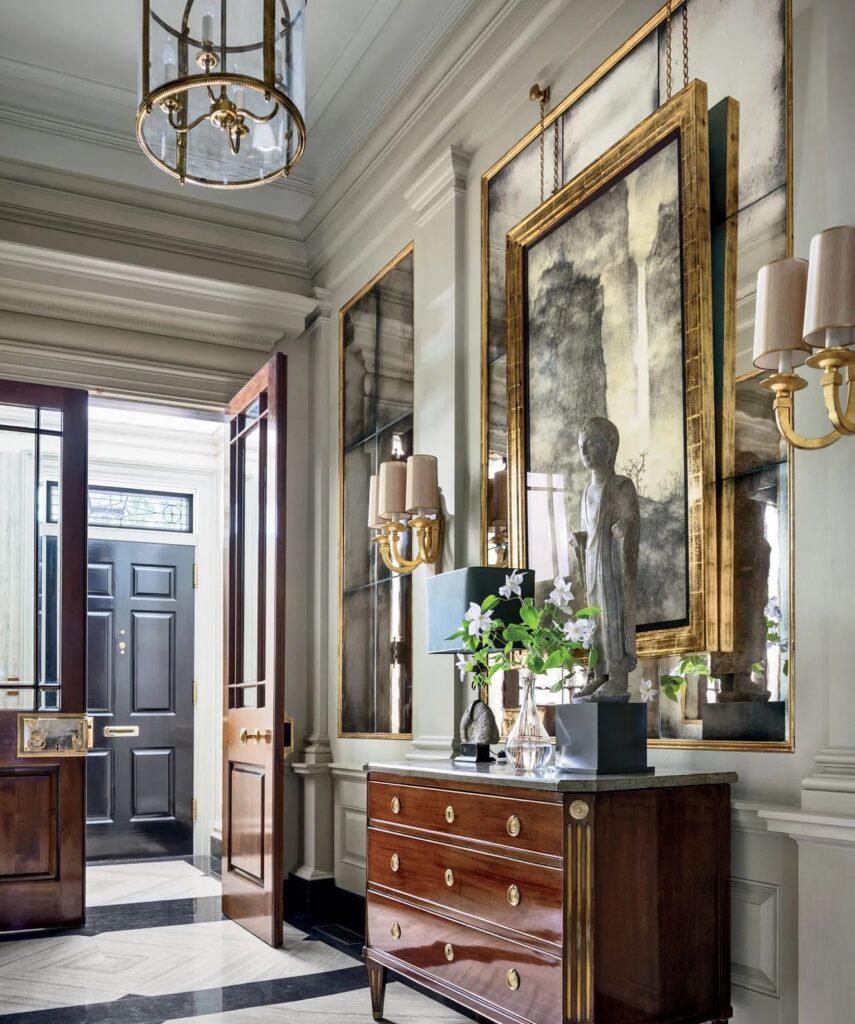
Not to be confused with the Indian traditional interior style, here the design style refers to European traditional homes. This design style boasts a classic, warm, comforting and familiar home décor style, rooted in tradition but not to any specific time period. The main idea behind creating a traditional home interior is largely based on what people perceived what a home would have looked like in the 18th & 19th centuries. Traditional interiors rose in popularity in the postwar 20th-century suburbs when people desired to emulate the interior design traditions of 18th and 19th-century Europe, particularly England and France. The décor of these homes is heavily reminiscent of history rather than featuring stylish or trendy furniture, textiles, and colour palettes.
But that doesn’t mean they can not be altered to meet modern lifestyles, the general theme with traditional homes should be a timeless aesthetic.
Also Read: What Makes Traditional Interior Design So Special?
To sum up – Though there are countless design styles, the best way to approach decorating your home is to integrate a design that best resonates with your style, even if it’s not one of the popular design styles. Hopefully, this blog helped you learn more about your favourite design style. And if it did, book a design consultation to get a step closer to your dream home.

